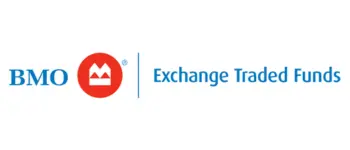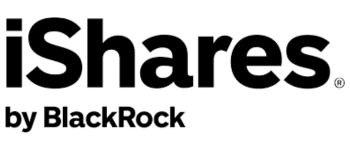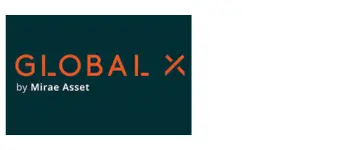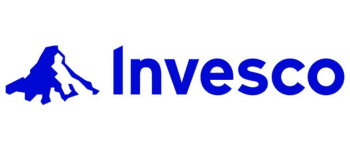Looking for an ETF Driven by U.S. Tech? These TSX-Listed NASDAQ ETFs Have You Covered
Key takeaways
NASDAQ-100 Exposure in Canada – Canadian investors have multiple options to access the NASDAQ-100, including hedged and unhedged ETFs.
Hedging vs. Non-Hedging – Some ETFs hedge against currency fluctuations, while others offer direct USD exposure.
Covered Calls for Income – The Horizons NASDAQ-100 Covered Call ETF (QQCC) provides a unique income-generating alternative for investors seeking yield.
One ETF I like way better than the ones on this list.As Canadian investors, we can’t get drawn into home-country bias and invest most of our portfolio into Canadian equities on the TSX.
Why? The Canadian economy is not large enough and is exposed to too many cyclical industries such as oil and gas, mining, and financials.
If we want a properly diversified portfolio, we need exposure to the United States, one of the fastest-growing economies in the world and a global superpower.
However, many Canadians don’t want to own US stocks directly as they’d rather keep their currency in Canadian dollars. So, many look to Canadian exchange-traded funds to get the job done when it comes to owning the S&P 500 or the NASDAQ.
How to invest in the Nasdaq from Canada?
There are three main ways to invest in the NASDAQ in Canada.
- Buy Canadian-listed NASDAQ index funds
- Exchange your currency and buy US-listed NASDAQ index funds
- Invest in the individual stocks on the NASDAQ to gain smaller exposure
In this article, I’ll be going over the first option, which covers some of the best Canadian NASDAQ ETFs to be looking at today. Although they’re certainly not as defensive as a Canadian HISA ETF, these NASDAQ ETFs, for the most part, are not as volatile as people make the NASDAQ out to be.
What are the best NASDAQ ETFs in Canada?
CAD-hedged NASDAQ-100 exposure
BMO NASDAQ-100 Equity CAD-Hedged ETF (TSE:ZQQ)

ZQQ provides Canadian investors with access to the NASDAQ-100 while hedging against currency fluctuations. This ETF is ideal for those who want exposure to top U.S. tech stocks without worrying about CAD/USD exchange rate movements.
Unhedged access to the NASDAQ-100
BMO NASDAQ 100 Equity ETF (TSE:ZNQ, ZNQ.U)

ZNQ provides exposure to the NASDAQ-100 without currency hedging, allowing investors to benefit from USD strength. The ZNQ.U version trades in U.S. dollars for those who prefer direct USD exposure.
CAD-hedged alternative from iShares
iShares NASDAQ 100 Index ETF CAD-Hedged (TSE:XQQ)

XQQ provides the same exposure as ZQQ but from iShares, a leading global ETF provider. It offers a hedged version of the NASDAQ-100 for Canadian investors seeking protection from currency fluctuations.
Tax-efficient, swap-based ETF
Horizons NASDAQ-100 ETF (TSE:HXQ)

HXQ offers exposure to the NASDAQ-100 through a total return swap structure, potentially enhancing tax efficiency for non-registered accounts. It does not distribute dividends but reinvests returns, making it attractive for long-term investors.
Invesco’s NASDAQ-100 tracker
Invesco NASDAQ 100 ETF (TSE:QQC)

QQC offers straightforward exposure to the NASDAQ-100, competing with ZNQ and HXQ. It provides an unhedged, cost-effective way to track the index.
Global X Investments Canada Inc
Bonus: Horizons NASDAQ-100 Covered Call ETF (TSE:QQCC)

QQCC uses a covered call strategy to generate income while still providing exposure to the NASDAQ-100. This ETF is suitable for income-focused investors who want to mitigate some of the volatility of the tech sector.
Can a Canadian still buy QQQ?
Absolutely. Nothing says you cannot convert your currency to USD and instead own QQQ, an ETF that tracks the NASDAQ-100 Index.
However, there are some CAD-listed ETFs that we went over in this article that will give you exposure to the NASDAQ-100 without having to exchange currencies.
Is there an ETF that tracks the entire NASDAQ?
The Fidelity NASDAQ Composite ETF is a great way to gain exposure to the entire NASDAQ Index. But keep in mind that no ETF providers here in Canada offer one. The Fidelity fund, which trackers under the ticker symbol ONEQ, is in USD.
Historically, the NASDAQ-100 has been the much more popular route as it contains most of the blue-chip technology stocks in North America. However, ONEQ is undoubtedly a strong alternative if you want exposure to the smaller-cap companies on the index.
The tax implications of these ETFs
It is essential to understand that holding Canadian-listed ETFs that contain holdings of US stocks or ETFs directly may be subject to withholding taxes on the dividends, even inside of an RRSP. This, in addition to brokerage commissions to buy and sell them, certainly eat into returns.
Although the NASDAQ-100 is not known for its high-income levels, there are still some situations where taxable income will be generated via a distribution. So, it’s crucial to determine your income taxes and tax situation before buying any of them.
